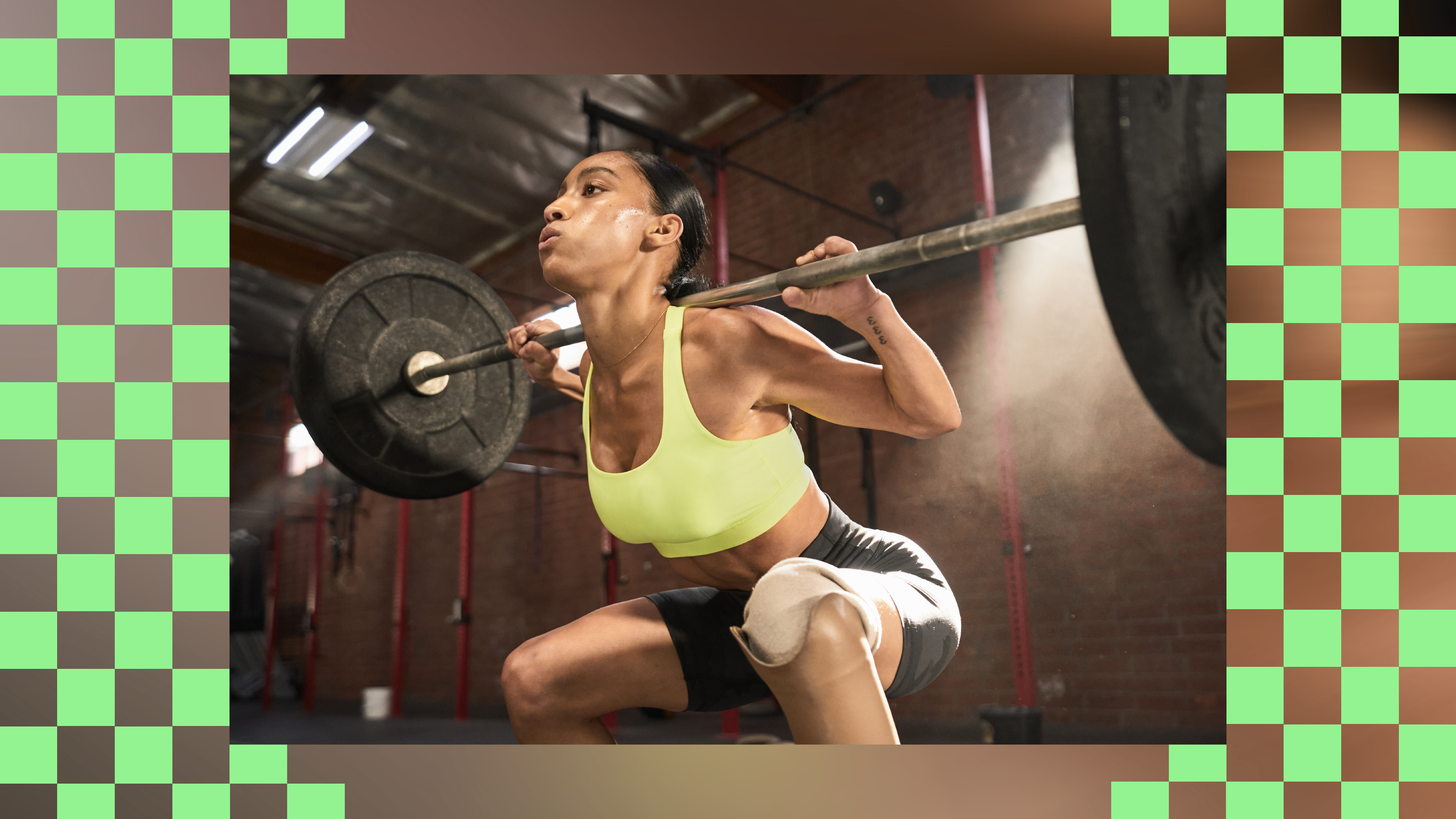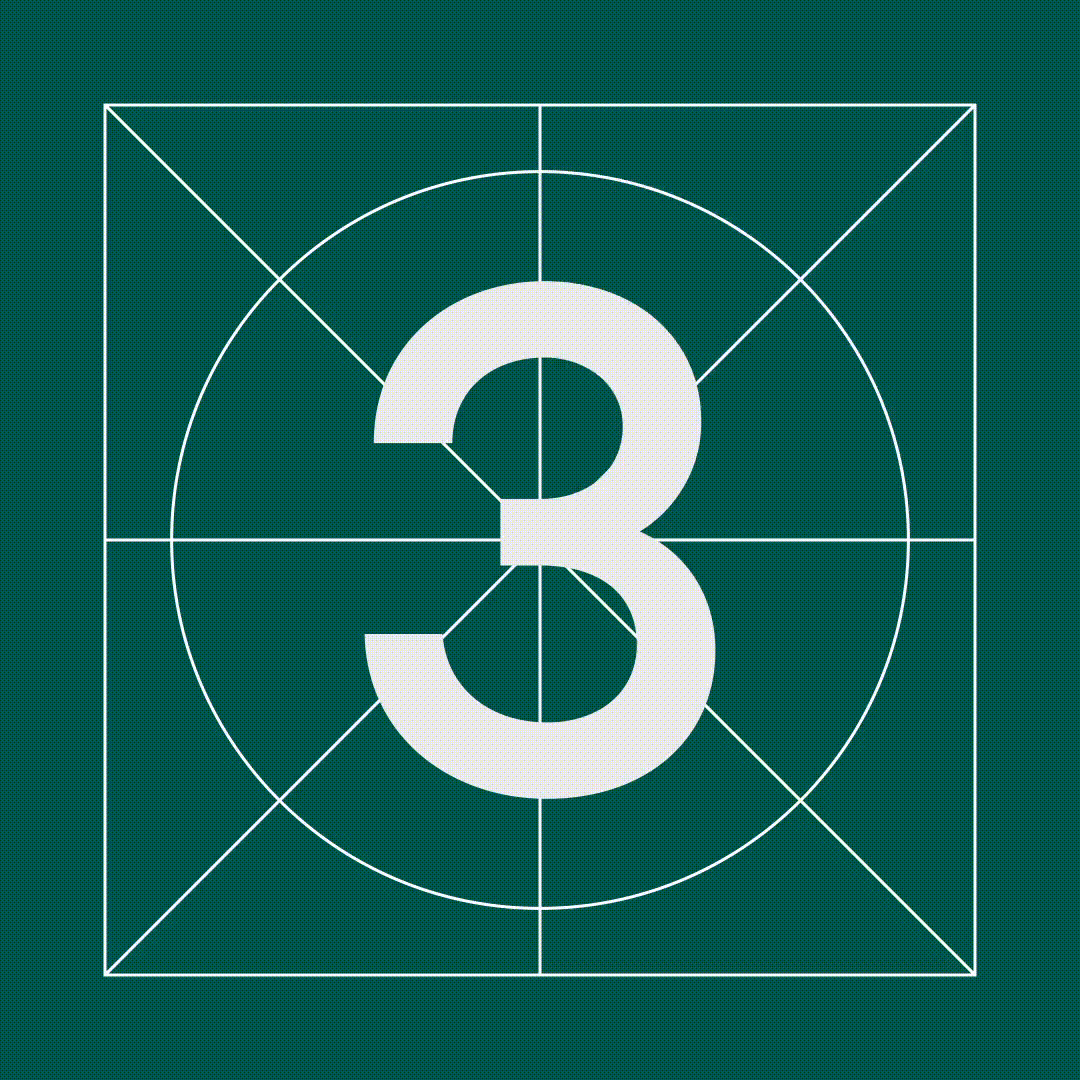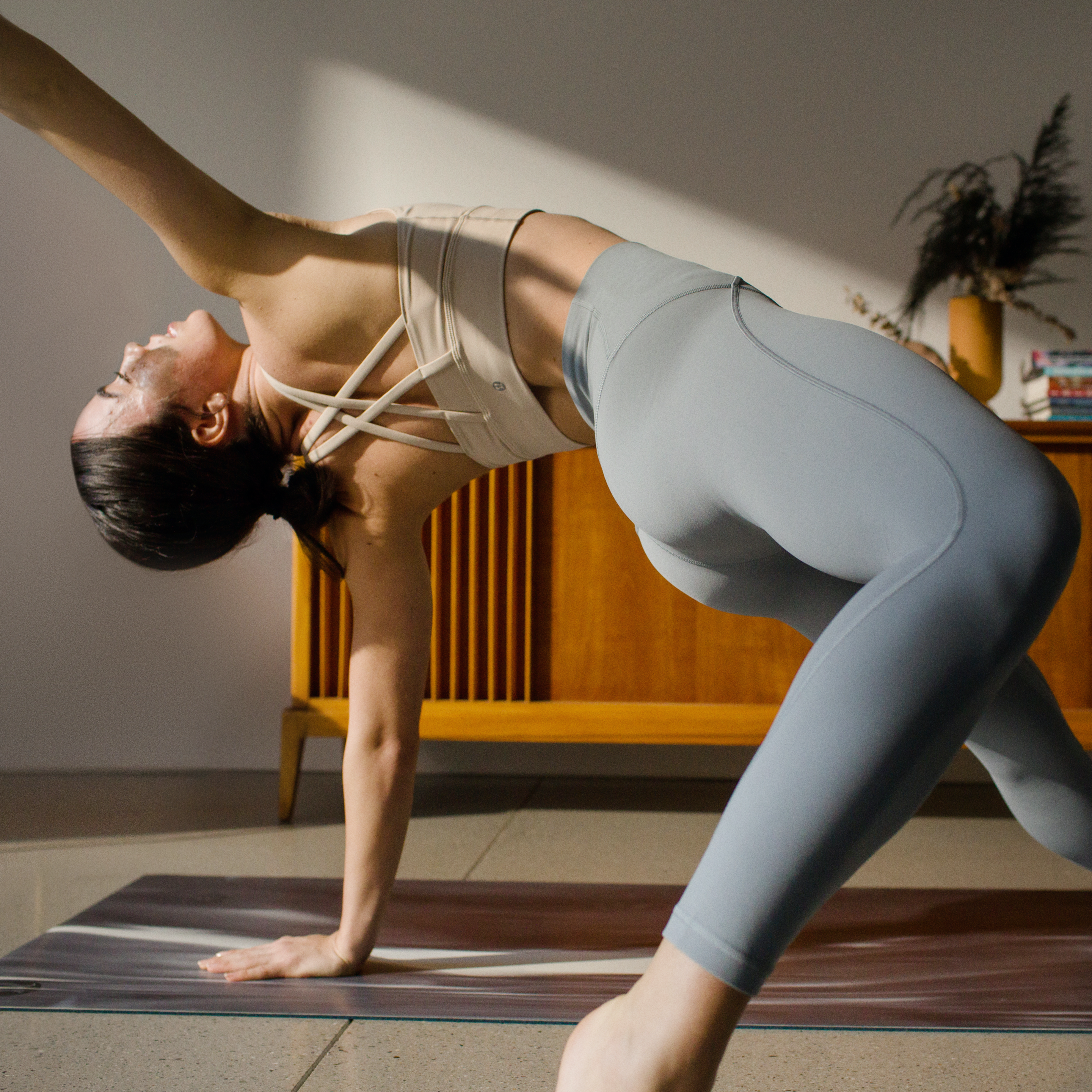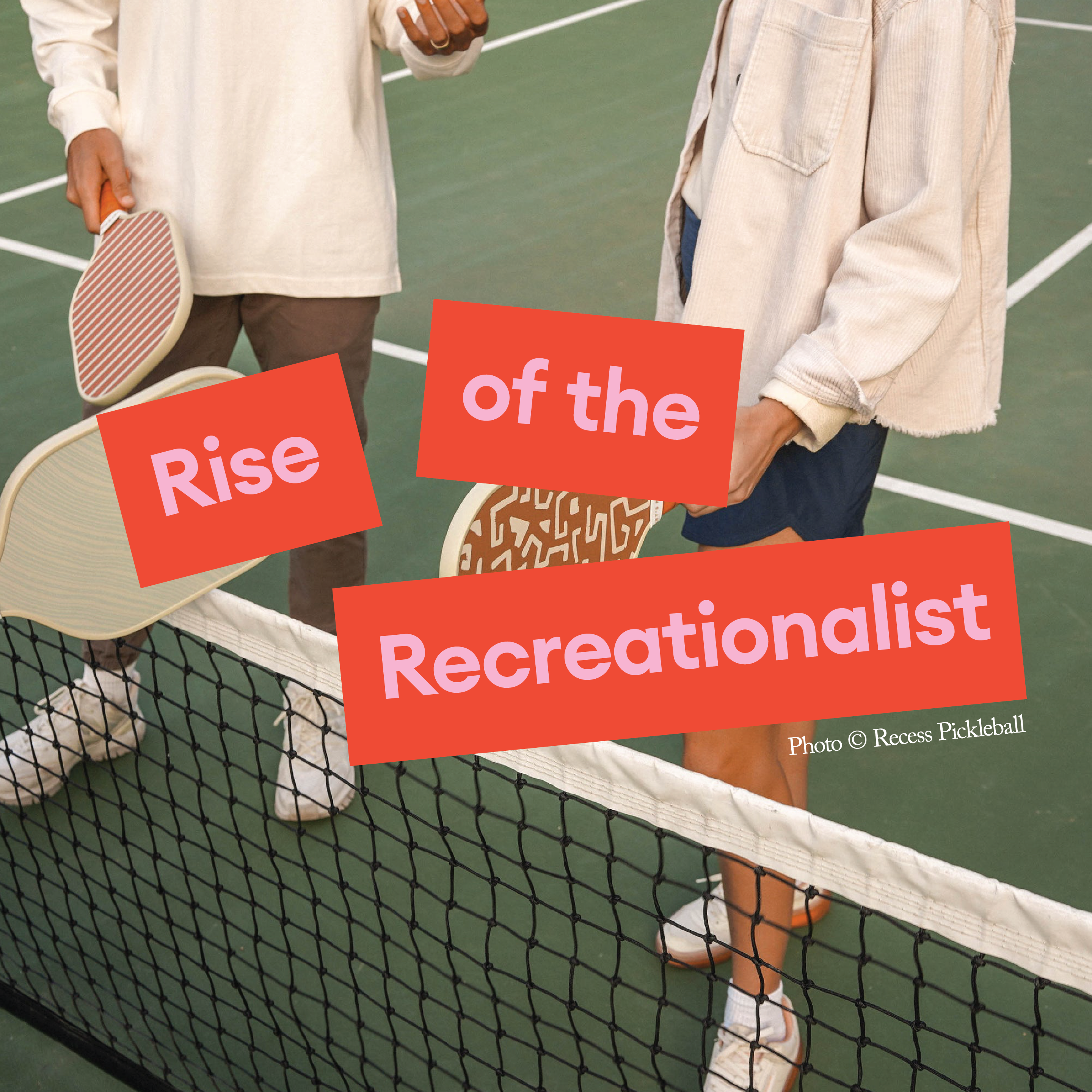The need for better representation in the outdoor industry—let’s be real, in every industry—has reached critical mass. And similar to a wellness practice or a sustainability journey, it’s never going to be a finished job. Thankfully key players in the outdoor industry are taking steps in the right direction, and it’s high time we all follow suit.
We obsessively researched brands that are taking a technical approach to unlocking the outdoors for adaptive athletes. We spoke to local agencies who represent diverse talent about what they’re seeing on set during campaign photoshoots. And we used our own personal experiences to highlight a few of the ways your brand can nail adaptive-athlete-centric content.
Get Tech-y with It
From electric mountain bikes to active apparel designed for adaptive athletes, tech is bringing innovative solutions to once-unsolvable problems—enabling adaptive athletes to push their physical limits beyond previous possibilities.
Eddie Bauer—an outdoor industry mainstay—recently won Product of the Year at Outdoor Retailer Innovation Awards 2022. So, what’s this illustrious new product? The Bc Flyline Adaptive Bib is a waterproof, insulated ski bib. Designed in tandem with Adaptive Skier, Trevor Kennison, it’s a first-of-its-kind and crafted to fit the position and posture of sit-skiers, so they’re no longer held back by what they’re wearing.
Innovations like the Flyline Bib and organizations like Move United—which provides year-round sports and recreation opportunities across 70 different adaptive sports—restore our collective faith in technology. It’s getting more people out doing what they love. What could be better?
Be Virtuous. Don’t Virtual-Signal.
We’re probably all familiar with this term—a pejorative phrase that essentially means you’re “all talk” when it comes to social issues. So how can you create content that’s truly diverse—think campaign imagery, copywriting and product innovation—that doesn’t feel hokey or tokenistic?
Here’s a good place to start:
1. Start at the beginning
Diversity begins on the inside. It needs to be part of your foundation—firmly routed in why you’re doing what you’re doing. So when we say “start at the beginning”, we mean going all the way back to your product and your people. By hiring a team that includes those with adaptive needs, you’ll uncover what exactly is blocking them and find solutions to better support.
2. Use diverse talent
When you’re planning your next campaign or photoshoot, cast diversely. Work with agencies that have a roster of diverse talent—genders, bodies, abilities, and so on. Some of our favourite human-first agencies in Vancouver, BC, are Legends Cafe and Stranger Agency. And remember, representation matters both in front of the camera and behind.
3. Ask questions
Let’s say you’re on set with an adaptive athlete who you’ve never worked with before. Don’t be afraid to ask what environment is best for them on set, or what they need to thrive. Here are some example questions:
- What can we do on set to make you feel comfortable?
- Does this movement feel authentic to you?
- Are there any movements or clothing that are definite nos?
- What’s your preferred fit for clothing when being styled?
- Do these images accurately represent you and your movement?
4. Bring in experts
Instead of assuming or forgoing key pieces of info due to a lack of knowledge, hire someone who knows. Maybe that looks like bringing on a full-time diversity, equity and inclusion educator who can gut check every piece of content before it goes out into the world, or a diversity consultant on an as-need basis. There are so many brilliant and knowledgeable DEI experts out there. Tap them in.
Pay Up
This one’s simple: pay* people for their time and expertise.
For our recent work for lululemon’s Spring 2022 campaign, we showcased two incredibly talented adaptive athletes. We made sure to consider their ability from the jump—we’re talking pre-pre production. This looked like having open lines of communication with the talent regarding types of movement they’d feel comfortable with on set, discussing styling and outfit choices before the shoot day and making sure we spotlighted their prosthetics in a way that felt truly like them. This paid dividends in everyone’s experience on set and in the final product. You can peep some of this work here which is also littered throughout the lululemon website.
Okay brands, now we’re passing the baton to you. It’s time to run towards celebrating all abilities, bodies, genders and races in your content. If you need a little more help getting to the starting line, give us a shout and we’ll get you moving in the right direction.
*Not to be confused with paying people in exposure, discounts, perks or anything that you can’t pay rent with.







